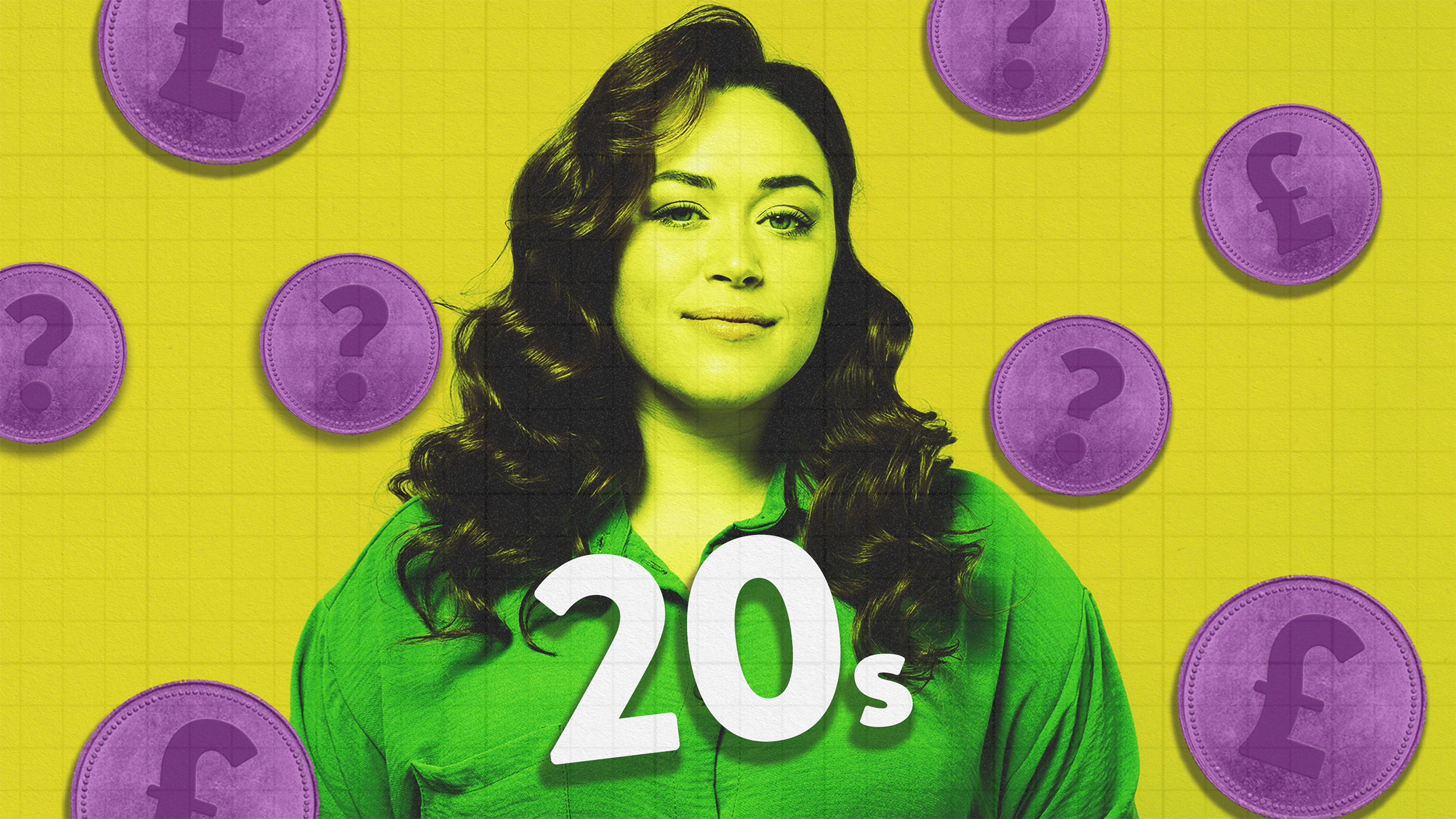How much should I save in my 20s?
A 5 minute read

In your 20s, one thing is for certain: retirement is the least of your worries. And perhaps rightly so.
This can be a time of establishment and upheaval, order, and disorder. In every part of life.
In your 20s, you’ve probably got bigger fish to fry than stressing about a pension that you can’t access for at least another 30 years; a swathe of time longer than the couple of decades you’ve been milling about on planet Earth.
The thing is, if you’re in full time employment, and you’re eligible, you’ll probably have been automatically enrolled in your workplace pension scheme. That’s the law, so unless you’ve manually opted out - then you have a pension pot. Congratulations! You are the proud owner of a retirement savings account. So, you’re already kind of there.
Most people’s workplace pension will be in the shape of something called ‘defined contribution’.
This means that the money you have in the pot is dependent on how much you’ve paid in and how your investments have performed over time.
It’s required that your minimum total contribution to your workplace pension sits at 8%. That’s made up by both yours and your employer’s contributions. Your employer pays 3% and you pay 5%.
Plus, you get tax relief on your contributions from the Government.
So, how much is enough?
How much is enough will depend on a number of factors. For example, how much you can afford to contribute, how much your employer pays, what sort of lifestyle you want in the future and how old you are. But there are some general rules that can help you to create a plan.
Some people like to use the rule of thumb of saving half of your age as a percentage of your salary.
So, for example, a 24-year-old would divide 24 by 2. That’s 12. 12%. And then, the idea is to maintain this level throughout your savings journey. But remember, of this you would pay 9%, as your employer has to make up the other 3%.
If you put off your pension saving to another 10 years and start when you hit 34 – then the rule of thumb figure changes to 17% - or 14% (remember, your employer pays a minimum of 3%) of your own money coming out of your pay packet every month.
Early birds, and all that.
Some financial experts argue that the feeling of retirement as an intangible, far-away concept in the life of a 20-something is endemic: indeed, "37.3% of 22- to 29-year-olds have no pension or lack of awareness of its existence", according to ABI. 1
Ironically, picturing retirement distracts from the big picture, which is that starting early pays.
Despite recent research from Aegon suggesting that 14% of people in their 70s feel youthful, if they were given the chance to travel in time to give their younger self advice, 51% would tell themselves to save as early as possible. 2
With life expectancy increasing, people literally have more time to spend their hard-earned pension pots.
So, time is on your side: the earlier you save, the longer you’ll have to build a proper retirement war chest.
How do you picture your future?
What sized retirement war chest you’ll need depends on how you like to live. After all, flamboyant getaways, new clothes, or a love for popcorn and cinema don’t have to stop in retirement.
That’s where the Retirement Living Standards come in: a metric that can be used to assess the cost of retirement. It offers estimates of retirement expenditure based – including everything from the weekly shop to holidays, trips and treats. It then suggests a rough monthly or annual income for three different retirement lifestyles: minimum, moderate and comfortable, each with their own approach to things such as food, transport, or even kitchen renovations (or lack thereof).
Of course, retirement is lightyears away, and even picturing what sort of lifestyle you’ll be living in over 30 years’ time is… well, difficult to say the least.
But, working out what sort of stuff you enjoy doing could help you to save more into your pension pot now, because every time you contribute to your pension, you’ll be saving for something a little less conceptual, and a little more tangible.
If you’re interested to know how much you’ll need to save for retirement, check out what the brains behind the Retirement Living Standards have to say for themselves.
Why time is on your side
And so, we’ve come to the crux of the matter. Time is your friend, and that’s largely because of compound interest (the interest you earn on interest over time).
Your pension can be invested into the stock market, shares in companies (also known as stocks or equities), government bonds and cash. The aim is, over time, that these investments help your pension to grow – and with the added power of compound interest, your money has a greater potential to grow.
As long as you continue to contribute to your pension, you’ll really notice the effects of compounding.
Do that over the course of, say, 30 years - whilst making regular contributions, benefitting from your employer’s contributions and tax relief… you’re on to a winner.
Of course, the value of your investments is never guaranteed, and losses are as much a part of investing as gains.
Will you ever break the chain?
Breaking the un-engagement endemic of the modern day 20-something takes a little something extra.
So, why not start simple?
Firstly, you’ll need to see what you’re working with. Log in to your pension account - the details will have been sent to you when you joined your current company - but if you’ve lost them just try speaking to your manager or HR. If you’ve not logged in before you’ll probably need to set a password, but this will depend on your pension provider (the company who look after the pension).
Secondly, check your current contribution level. If this is your first foray into the finances of your future, this might be set at the minimum contribution level. The number you see (likely a percentage) indicates the percentage of your salary that is directed into your pension.
Thirdly, if you feel like you can spare more money, then why not go for it? Crank up the contribution but, remember, you should only put in what you can afford. Some employers pay in more than the minimum, so it’s worth maximising their contributions. Some may even match your contribution, up to a certain amount. Ask your employer how much they’re prepared to give you and get as much as you can into your pot.
Ultimately, young people typically have fewer financial obligations than people in the mid-to-late thirties: from supporting a family to owning a mortgage, there might never be a better chance to begin building a solid base for your pension.
1 How can you engage younger workers to start saving for a pension? | ABI
DO NOT EDIT THIS BOX UNLESS YOU'RE NOEL

